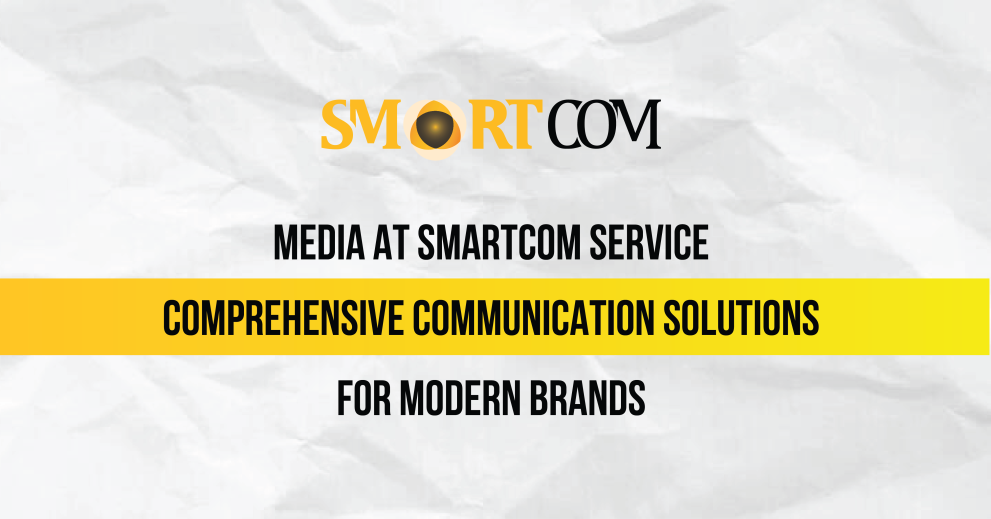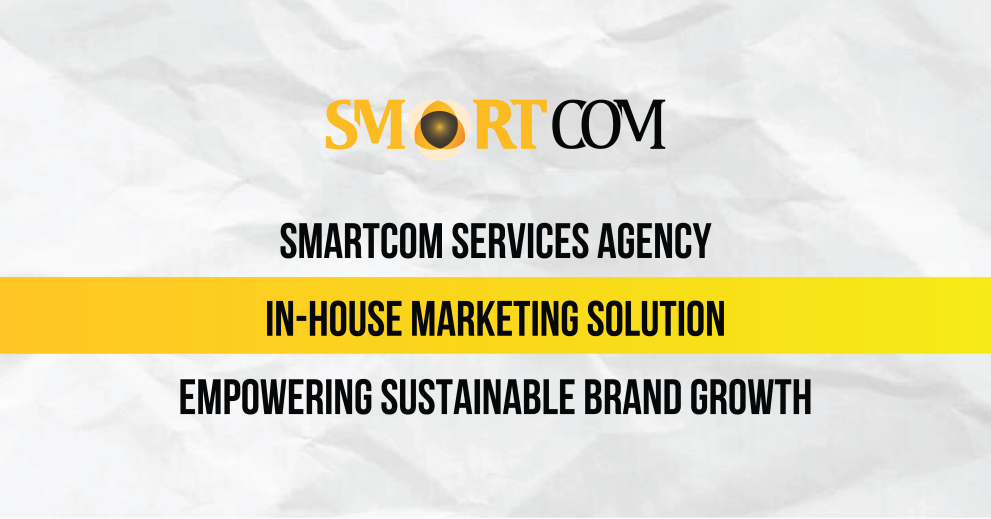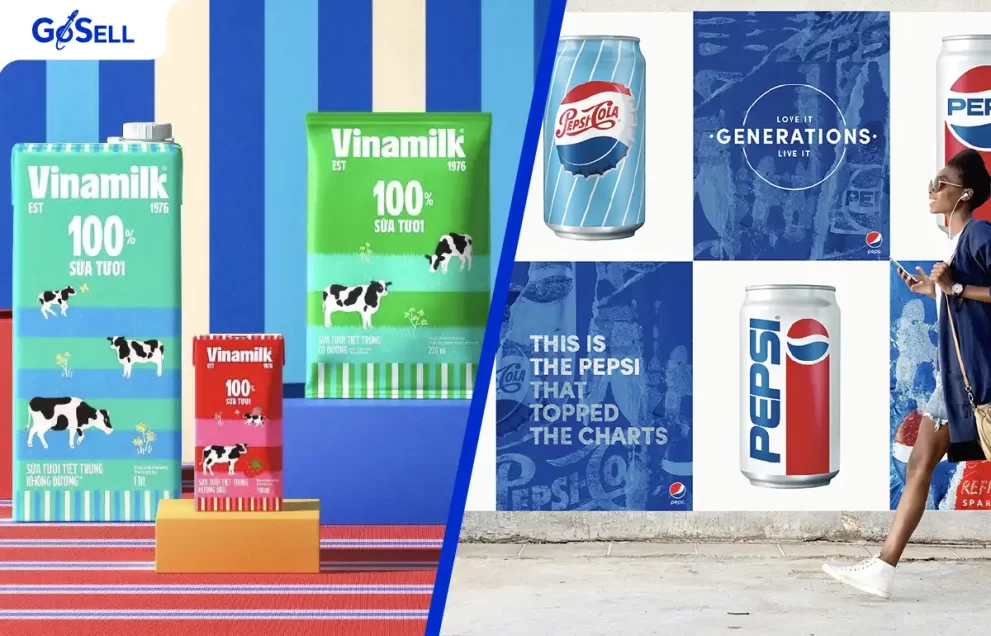2025 marks a spectacular resurgence of out-of-home (OOH) advertising within the broader landscape of modern marketing trends. As consumers become increasingly “immune” to digital ads, brands are rapidly adapting and leveraging the power of DOOH (Digital Out-of-Home) to launch impactful, emotionally resonant, and highly effective campaigns.
So, what’s making OOH the focal point of today’s marketing trends?
I. The Shift in Marketing Trends
1. The Current Advertising Landscape and Emerging Trends
In recent years, marketing trends have moved away from relying on a single channel. Instead, brands are combining digital advertising with out-of-home (OOH) advertising to create stronger amplification effects. Digital enables personalization and performance measurement, while OOH boosts reach and dominates public spaces.
Particularly with the rise of DOOH – digital out-of-home advertising, the gap between these two formats is increasingly narrowing. Campaigns can simultaneously display on street-level screens and online platforms, delivering a seamless and more impactful experience for consumers.
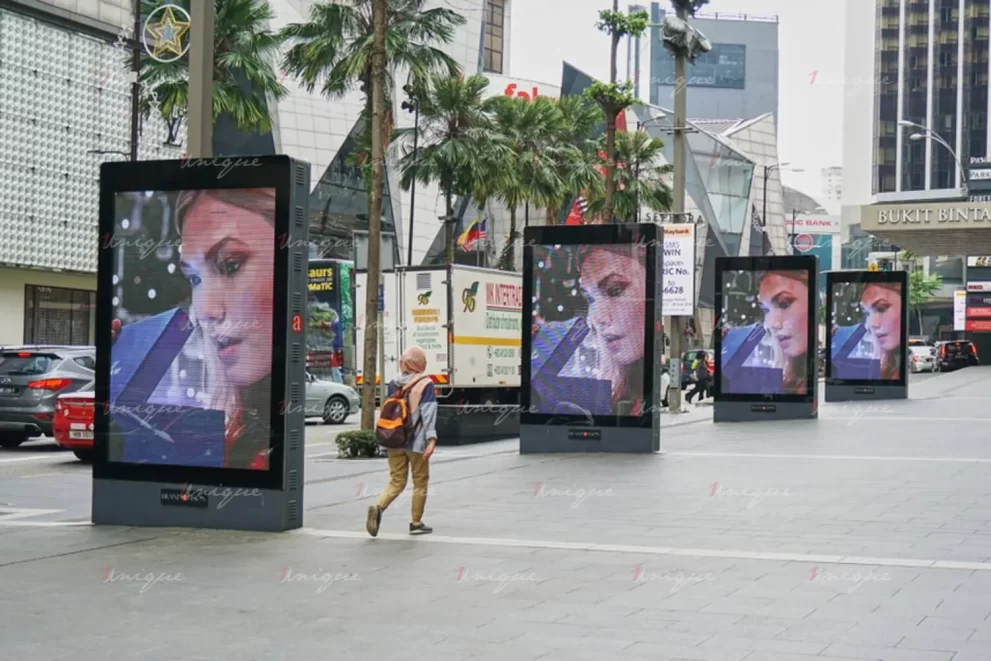
In this new landscape, a good idea alone is no longer enough. Brands need technology to bring that idea to life, at the right time and in the right place. Modern marketing trends emphasize creativity alongside data, automation, and flexible visibility, especially in DOOH campaigns. Today’s billboards are not just static images; they can adapt to weather conditions, time of day, or local context. This makes messages more relevant and emotionally resonant than ever before.
An interesting shift in current marketing trends is the rise of… long-form billboards. Rather than just a few catchy slogans, many brands choose to share heartfelt messages or reflections, like a social media status or a diary entry. Not everyone stops to read the entire message, but those who do remember it. And when the content is compelling enough, people capture it and share it online, generating viral effects that a simple image rarely achieves.
2. The Importance of Storytelling in Modern Marketing
Storytelling – the art of narrative in marketing- has long been regarded as the “heart” of every effective campaign. However, in today’s marketing landscape, which emphasizes emotional connection, personalization, and experience, storytelling is no longer just an option; it’s a necessity. A well-told story humanizes the brand, making it more relatable and memorable in the minds of customers. The key is not just what you tell, but how and to whom you tell it.
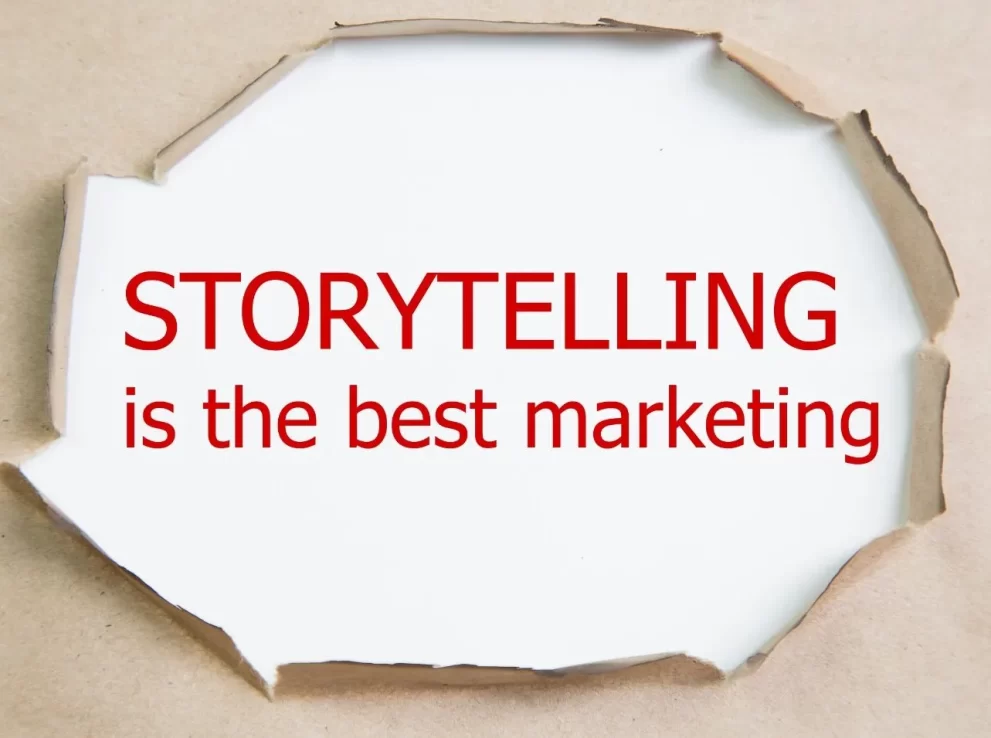
Today, storytelling is no longer confined to TV commercials or YouTube videos; it appears everywhere—from billboard copy and product descriptions to individual social media posts. DOOH is emerging as a new “stage” for brands to share their stories in a concise yet emotionally rich way. A perfectly timed message in the right place can resonate more deeply with viewers than a lengthy advertisement. This underscores why storytelling is and will remain the cornerstone of all modern marketing trends.
II. A Comprehensive Look at Today’s Marketing Trends
1. Out-of-Home (OOH) Advertising Makes a Strong Comeback
In 2025, out-of-home (OOH) advertising is making an impressive comeback within modern marketing trends. Its direct presence in public spaces, where consumers cannot easily look away, allows OOH to maintain its inherent strength in brand visibility and reach. From major roads to shopping malls, billboards, LED screens, and more, these touchpoints have become highly effective channels that brands are now leveraging in a more strategic and sophisticated way.
The fusion of traditional formats with digital technology has given rise to DOOH (Digital Out-of-Home) – an upgraded version of OOH. With the ability to display flexible, real-time content, DOOH enables brands to deliver fresher, more meaningful messages. Current design marketing trends also favor large, long-form copy that is emotionally engaging, creating the feeling of “reading a story” rather than simply “seeing an ad.”
2. Digital Advertising: Still Holding the Lead
While OOH is gradually regaining its position, digital advertising remains the core channel in every media campaign. Thanks to its ability to personalize, precisely target audiences, easily measure performance, and continuously optimize, digital marketing still plays a central role in the integrated marketing landscape. Platforms like Facebook, Google, TikTok, and YouTube continue to be the primary playgrounds for brands of all sizes.
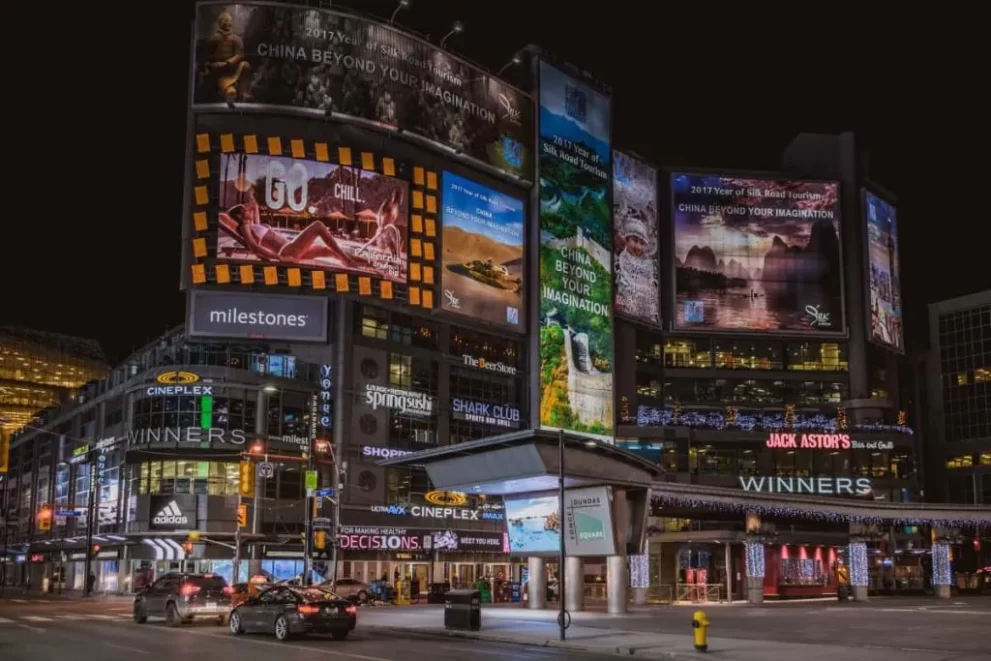
Notably, digital no longer works in isolation but is often combined with OOH to create omnichannel campaigns – delivering consistent messaging across multiple touchpoints. Particularly, the “long-form content wave,” which originated from lengthy DOOH billboards, is now expanding into digital formats, from social media posts to banner ads and email marketing. This illustrates that today’s marketing trends are no longer constrained by content length but focus on delivering emotions at the right time and in the right way.
III. New Marketing Trend
1. Minimalist DOOH – A New Marketing Trend from Lazada’s 9.9 Campaign
Lazada has long been recognized as a brand that transforms sales seasons into “creative battlegrounds.” During the recent 9.9 event, instead of filling billboards with product images, the brand opted for a minimalist, copy-driven DOOH approach, featuring only their signature pink background and bold, quirky headlines. Placing these ads at prime locations such as Nguyen Hue Walking Street, Ben Thanh Roundabout, and Le Thanh Ton Street allowed Lazada to reach a large volume of passersby while maintaining standout visibility amidst the advertising clutter.
Headlines like “Hunting for crazy sales but forgot the voucher?”, “Clicked the wrong quantity, using it till Tet?”, and “Buying because of trends, not because you need it” may seem lighthearted, but cleverly tap into common online shopping frustrations, from forgetting discount codes to regretting purchases after finding lower prices elsewhere. This is how Lazada “names” everyday emotions, making viewers not only remember the slogans but also “see themselves” in them. In the context of marketing trends shifting from pure visuals to interactive, emotional, and empathetic messaging, Lazada’s campaign exemplifies turning billboards into emotional touchpoints.
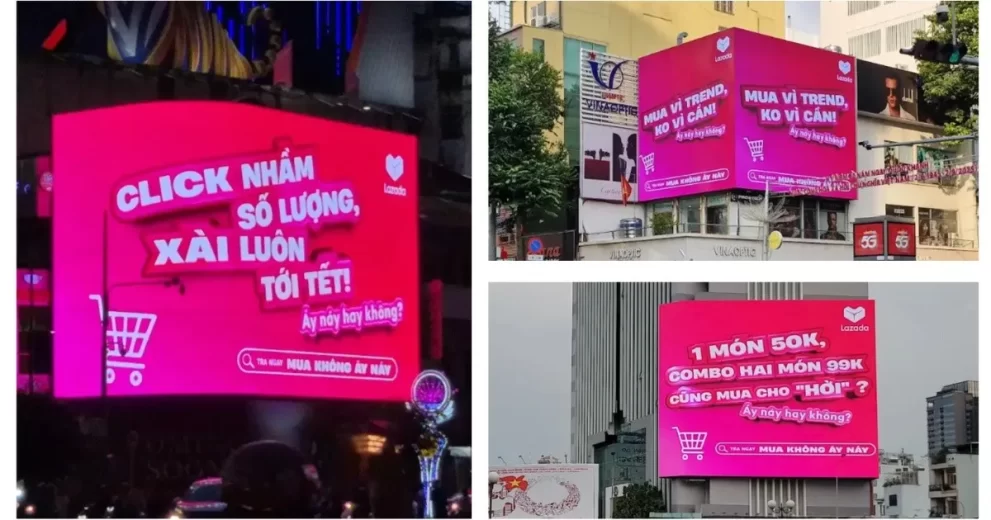
From the offline – to – online transition, Lazada also showcased smart tactics: placing a CTA “Check now – shop guilt-free” directly on the billboard, guiding viewers to a microsite for further engagement. This microsite isn’t just a sales landing page; it’s crafted as part of the story, where users can “release” their shopping guilt. This seamless experience boosts interaction and helps the brand root deeper into the customer journey, something marketers aspire to in every upcoming marketing trend.
2. “Mot Toi” – How KFC Captures Emotional Marketing Trends During Back-to-School Season
Instead of using flashy visuals, KFC chose to stand out with just… words. The phrase “Một Tỏi” (which means “one garlic” in Vietnamese) appeared on a street billboard and made people stop and remember because they were curious. When they realized it was a play on words ( “tỏi” sounds like “tồi”, meaning “not much” or “a little,” and also refers to the garlic sauce in their new chicken dish), the message became fun, easy to remember, and shareable. This wasn’t just a simple joke; it showed how KFC used emotional language to speak directly to young people, which is a big trend in today’s marketing.
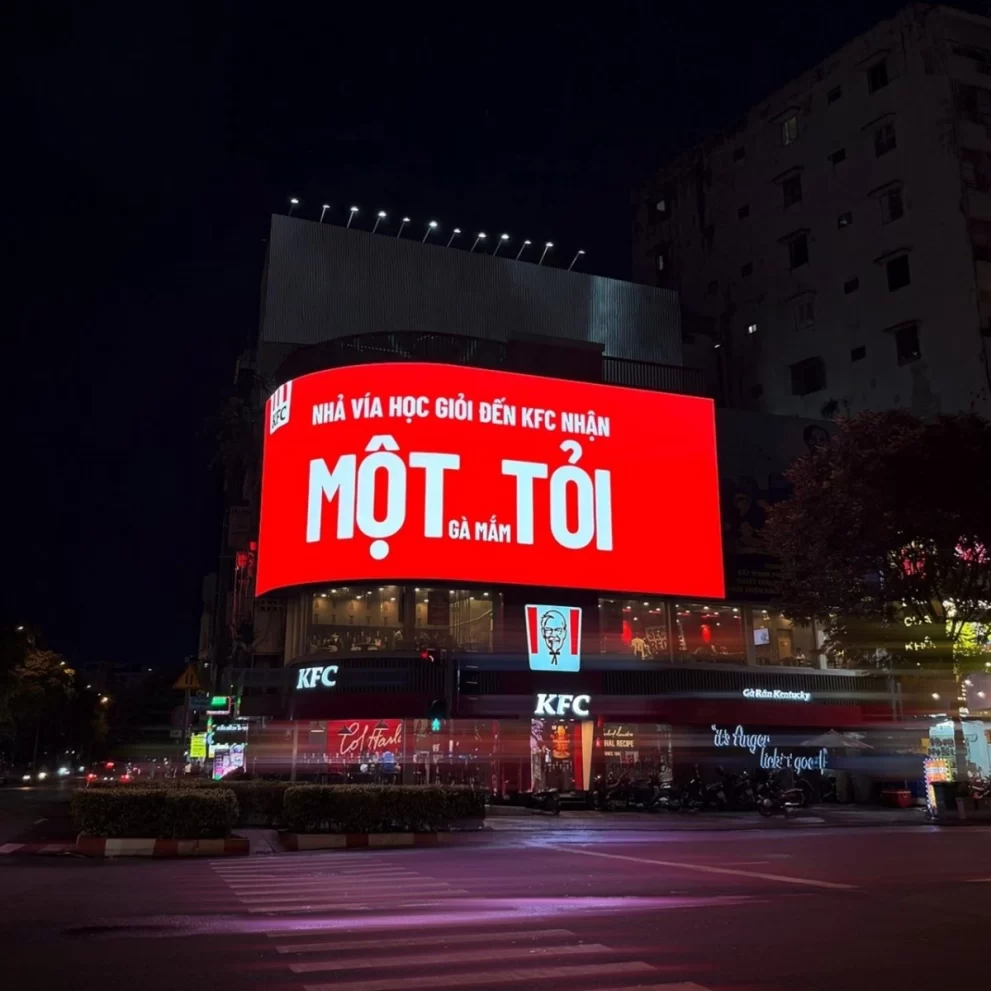
During Back to School season, KFC wasn’t just selling food – they were selling feelings. The message “Một Tỏi cho team học giỏi” (“One Garlic for the smart students”) was both encouraging and relatable for students. The bold red billboards only had one short sentence each, but that was enough to make people curious, remember the brand, and even look it up online.
Because people took photos and shared the message on social media, KFC turned a simple OOH ad into the starting point of a bigger campaign. This is a great example of modern marketing trends: not just one ad, but a mix of channels, emotion, and smart storytelling that spreads naturally.
3. Waitrose and Storytelling Billboards: The Rise of Emotion-Driven Marketing
In a time when digital ads seem to dominate every corner, it’s not easy for an OOH campaign to create a real media buzz. But Waitrose – the UK’s premium supermarket brand – managed to do just that this past summer with its “Let Your Summer Side Out” campaign. In high-traffic areas like Camden and Westfield White City (London), traditional billboards were transformed into 3D displays: a giant kebab skewer appeared to pierce through the billboard, stacked with realistic models of ingredients like cheese, prawns, and pineapple, creating a bold, eye-catching visual illusion.
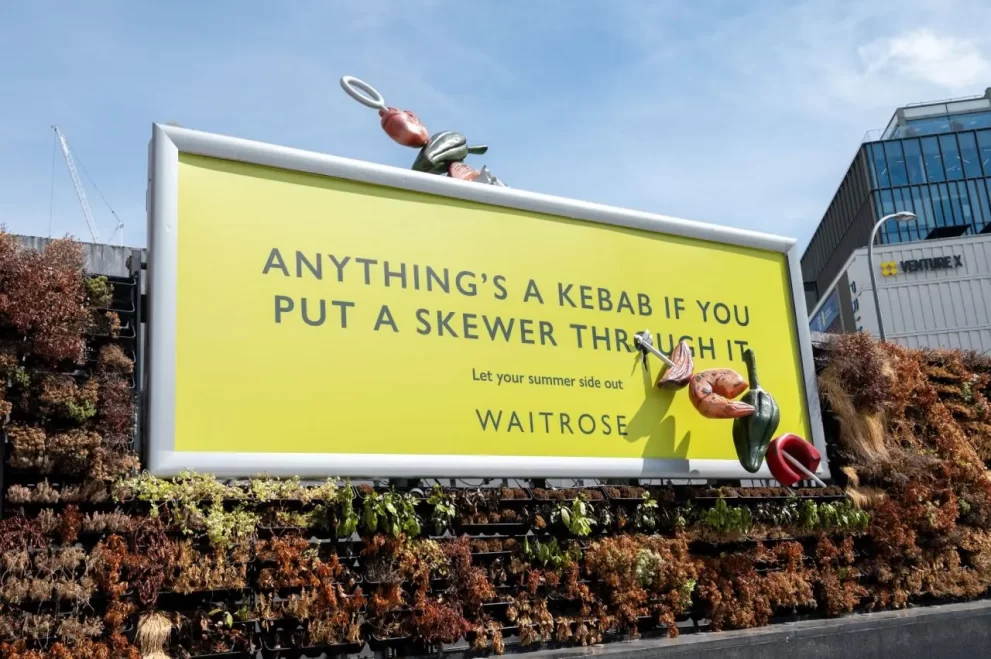
But the success wasn’t just about the visual gimmick; it was about how Waitrose turned the billboard into part of a bigger summer story. The campaign didn’t stop at street-level screens. It expanded into radio, social media, print, and more, all tied together by the feeling of a spontaneous summer BBQ, sunshine, music, and joyful vibe. As people snapped photos, posted stories, and checked in at the billboard locations, the ad became a shared experience. This is a clear example of a new marketing trend: brands telling stories not just with words, but through real spaces and emotional experiences.
The campaign didn’t just boost brand awareness; it also reshaped the way people see a premium brand like Waitrose. Less distant, more relatable, and fun. When creative storytelling translates into real results, from social engagement to actual summer product sales, Waitrose proved the power of combining storytelling and OOH in the future of marketing.
IV. Recap 2025 Marketing Trends
Campaigns from Lazada, KFC, and Waitrose have clearly shown one thing: when crafted with the right insight and emotional depth, long-form content can drive stronger media impact than short, catchy ads. In today’s marketing landscape, it’s not enough for a message to simply look good; it must also be relevant and meaningful enough to spark empathy. DOOH is no longer just a space for visuals; it’s becoming a storytelling platform where people stop, feel, and share.
To achieve this, brands need more than just creativity; they need a partner who understands how content works across different touchpoints, from physical billboards to digital platforms. With strong expertise in creative and digital services, Media Smartcom has been working with major brands to design integrated OOH–Digital campaigns, covering everything from messaging strategy and concept development to multi-platform content execution.
As marketing trends continue to revolve around emotional connection, storytelling, and omnichannel experiences, Smartcom delivers creative solutions that not only capture attention but also build real, lasting engagement with consumers.
V. FAQs
1. What is Out-of-Home (OOH) Advertising?
Out-of-Home (OOH) advertising delivers brand messages to audiences outside the digital space, in places they live, work, and commute. OOH creates a strong physical presence, enhances brand awareness, and ensures long-term recall compared to online advertising.
2. What are the common types of Out-of-Home (OOH) advertising?
Common types of OOH advertising include:
- Billboards: Located on main roads and city centers, increasing brand visibility.
- Digital OOH (DOOH): Using LED/LCD screens, content can be updated in real-time, offering interactive experiences.
- Transit Ads: Placed on buses, taxis, and the metro, reaching audiences along multiple routes.
- Posters, banners, bus shelters: Positioned in high-traffic areas and shopping centers, cost-effective yet impactful.
3. How is Digital Out-of-Home (DOOH) different from traditional OOH?
DOOH (Digital Out-Of-Home) is an upgraded version of traditional OOH, using digital screens to display flexible, real-time, context-aware content. This makes campaigns more dynamic, personalized, and easily integrated with digital marketing platforms.
4. Why is storytelling important in marketing?
Storytelling allows brands to convey emotional narratives, deeply connect with customers, and enhance brand recall.
In current marketing trends, especially with DOOH, storytelling not only communicates messages but also creates empathetic experiences, encouraging sharing and engagement.
5. How are major brands leveraging OOH and DOOH?
Lazada uses minimalist DOOH with copy-driven content at prime locations to evoke emotions and boost CTR. KFC leverages emotional language and wordplay for Back to School campaigns.
Waitrose transforms billboards into immersive experiences, integrating physical space, social media, and radio to tell a summer story. These campaigns demonstrate how OOH/DOOH, combined with emotions, storytelling, and digital, can achieve superior marketing impact.



